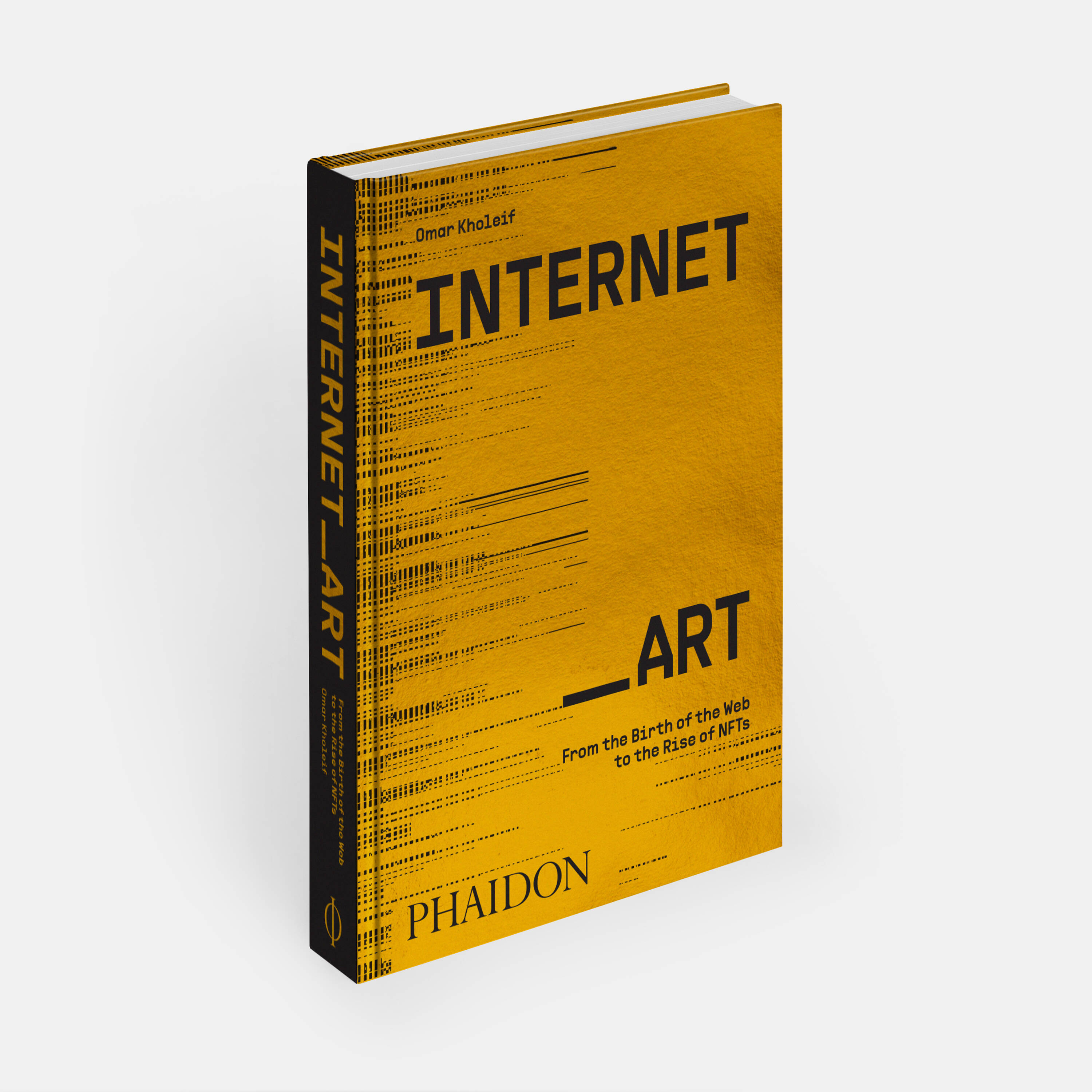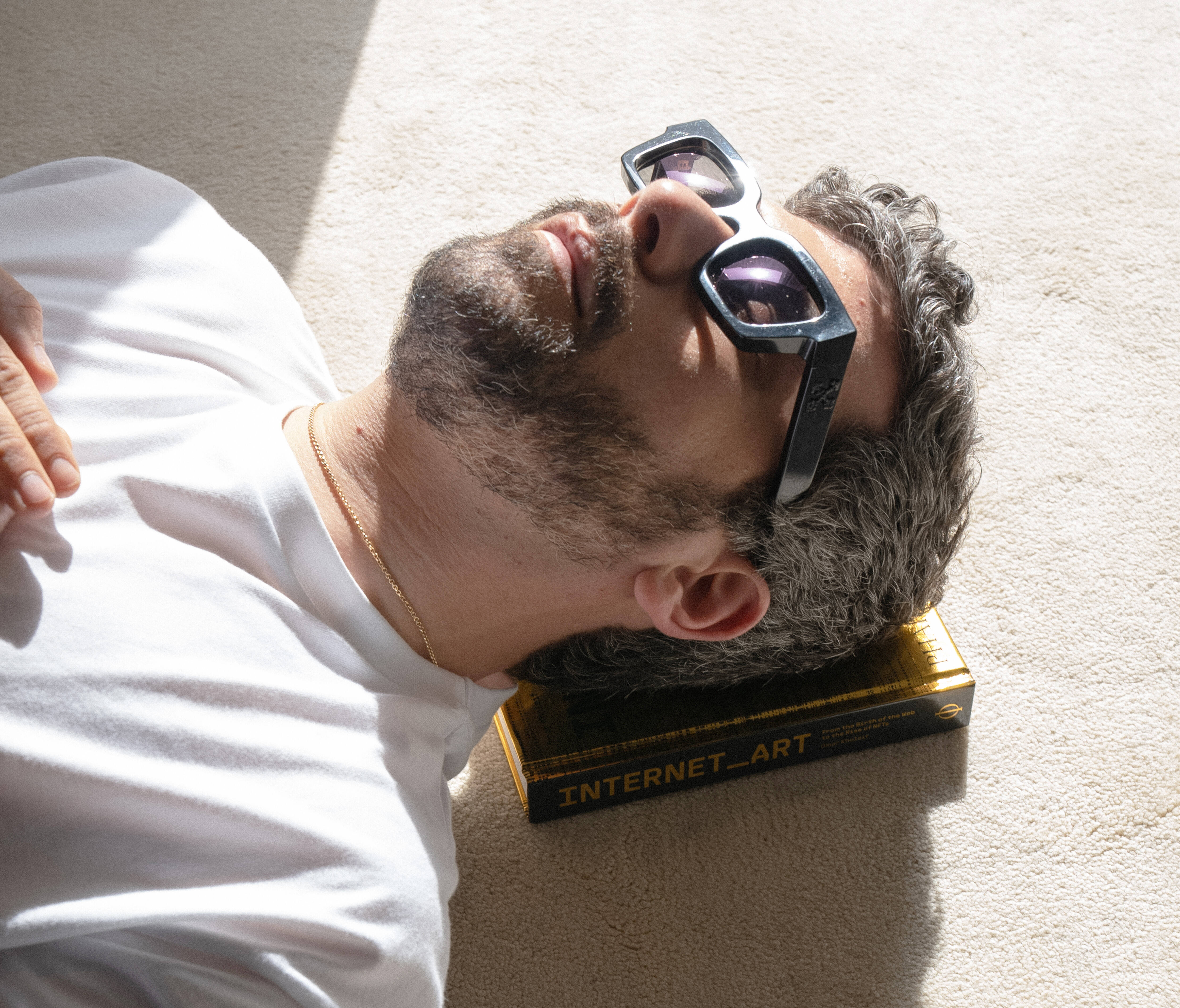
Dr. Omar Kholeif: ‘I wrote pretty much every chapter of INTERNET_ART by hand - using a fountain pen!’
How a standing desk, a Rachmaninoff concerto, and the motivation of a film producer friend helped Omar Kholeif create the defining book on visual networked culture
Part social history, part personal diary, INTERNET_ART celebrates the known and sometimes unknown artists and communities who have helped define the scope of networked culture over the last thirty-plus years.
The book’s author, Dr. Omar Kholeif, is the Director of Collections and Senior Curator at Sharjah Art Foundation, UAE, and for well over a decade now, has been the go-to-person for all things related to art and digital culture. They’ve published some of the most recognised books on the subject, as well as landmark exhibitions including Electronic Superhighway, Art in the Age of Anxiety, and My Life in the Metaverse. For the second part of our interview we began by asking them about the writing process for INTERNET_ART.
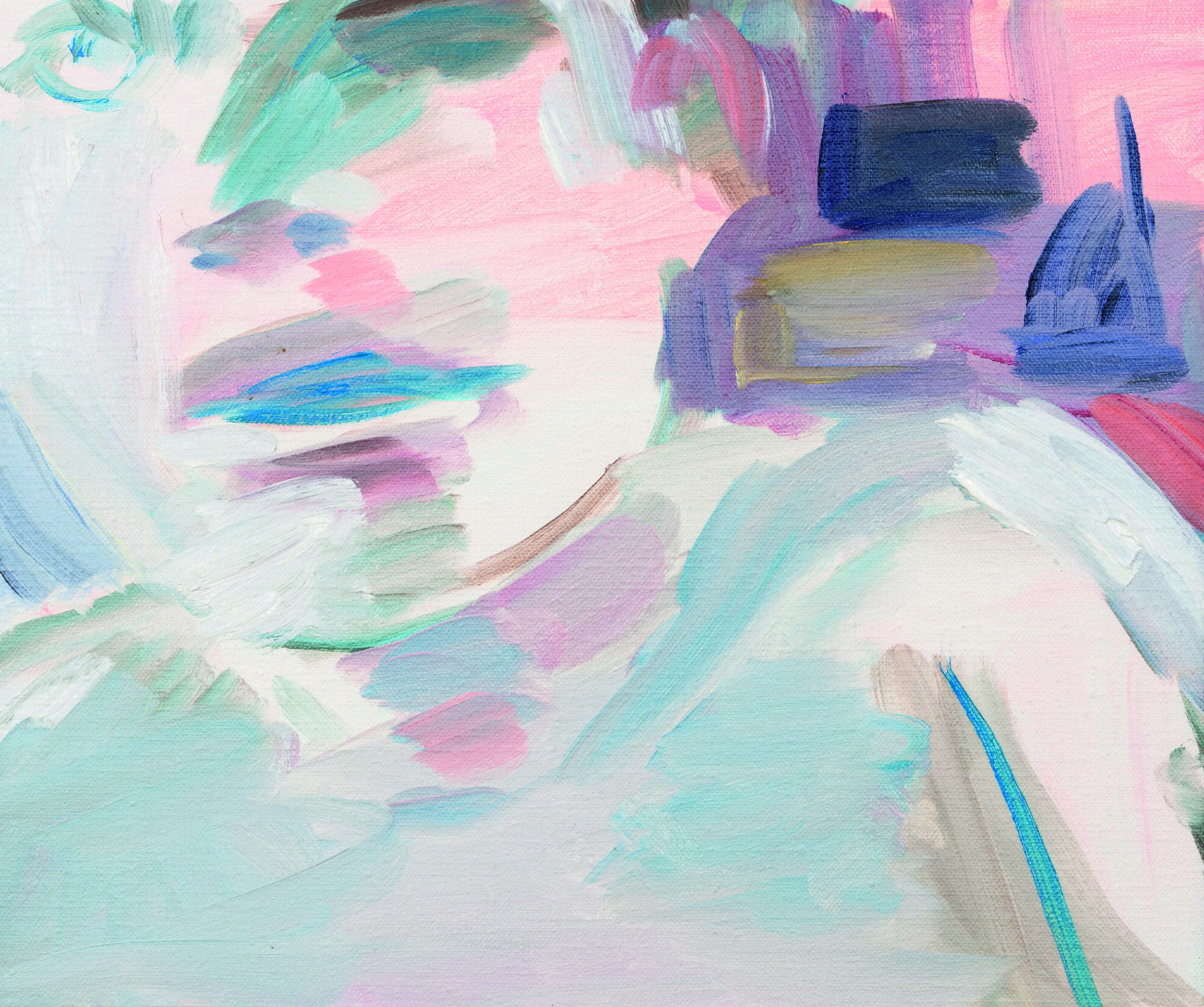 Celia Hempton, Misha, Odessa, Ukraine, 8th July 2014, 2014. Picture credit: Courtesy the artist and Southard Reid
Celia Hempton, Misha, Odessa, Ukraine, 8th July 2014, 2014. Picture credit: Courtesy the artist and Southard Reid
“It was a killer. Being a curator, I am often working with artists across three time zones, it’s never been a nine-to-five job for me. I acquired this standing desk and got up at 5am every morning. I set a daily target and I did well for the first chapter, and then I got stuck, anxiously list-making. I had a friend of mine who is a film producer, who is great at ‘kicking arse’ as they say. She would ring me every morning and say, ‘before you go to the loo, and before you brush your teeth, get to that that computer until you’ve written 1000 words, then you can go brush your teeth.’ I tried to ignore her, but she was rather relentless. I am ever so grateful to her. She gave me the rhythm and structure, as did my friend, the hypnotist.”
What did you learn from the hypnotist? “I learnt of Rachmaninoff’s Concerto in C Minor! His first concerto was so panned that inner tumult prevented him creating again until he saw a hypnotist. In the end, the book took a year-and-a-half to write and edit myself, before another nine months of editing with the Phaidon editors, Maia and Rebecca, who were pivotal.”
What was it like editing something that’s both intensely personal and a historical document? “David E. Kelley is one of my favourite TV show writers. I once read that he would write every episode of his TV programs longhand on a legal pad. In the same guise, I wrote pretty much every chapter by hand, using a fountain pen, letting the ink dry before I turned the page over, ensuring I could read my own writing. That was the way I could assess it before putting it into a document that could be shared. It might seem antiquated or even ironic, considering the topic, but it’s part of the reason why I never say that I’m a digital utopian or dystopian. I’m somewhere in the middle and I believe that the analogue and digital worlds must conterminously support each other.”
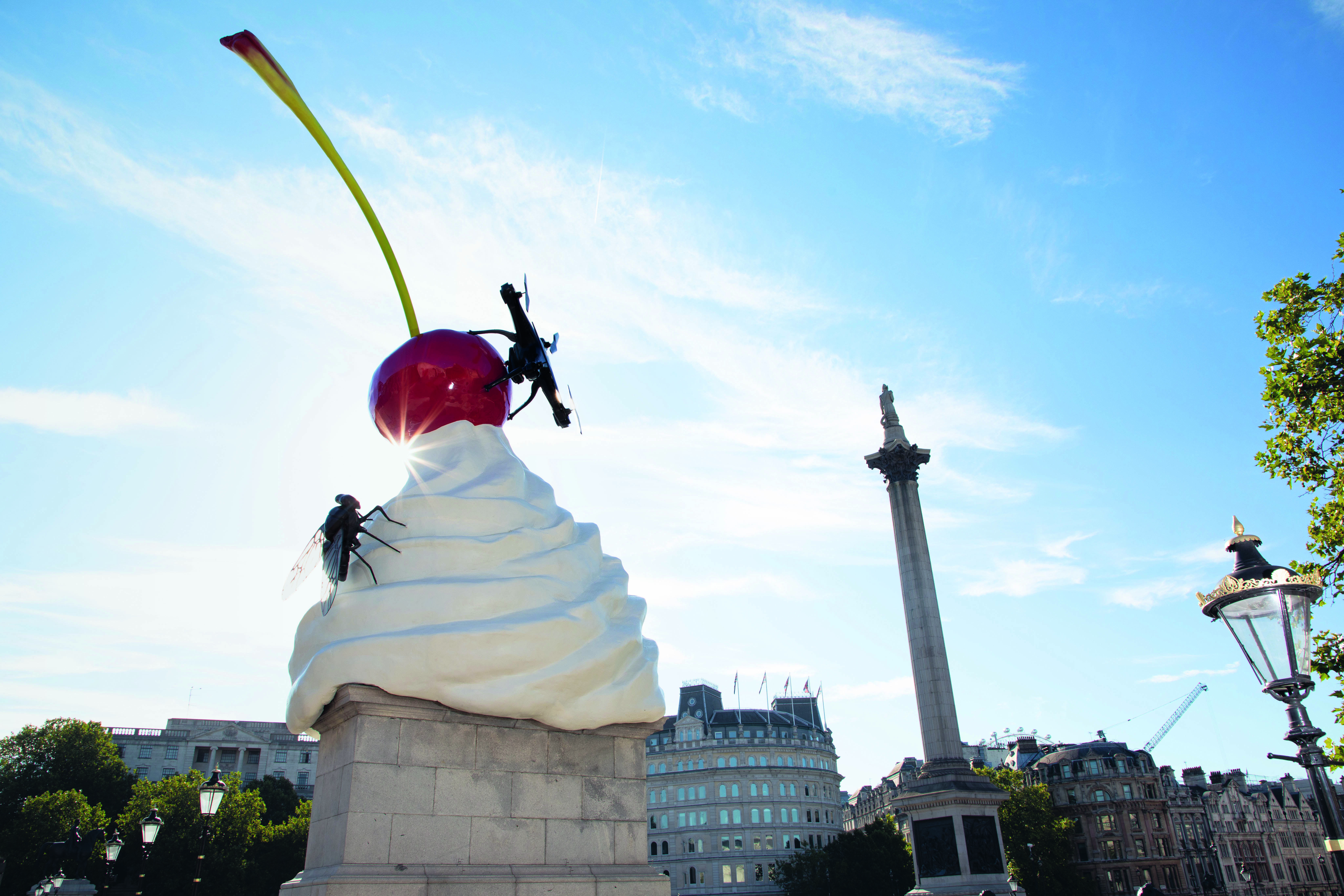
Heather Phillipson, RUPTURE NO 1: blowtorching the bitten peach, 2021. Picture credit: Photo: Tate. Courtesy the artist. © Heather Phillipson. All rights reserved, DACS 2022 Video and sculptural installation. Installation view: Duveen Galleries, Tate Britain, London, 2021
As a writer working in this field you must have a pretty strong view on Chat GPT? “I’ve been experimenting with Chat GPT a lot recently because I’m interested in how AI learns. I want to see how it learns over a period of time. And I’m optimistic about it. There’s a lot that’s written about me online that may or not have been written by chat GPT. I want to read you one, because it’s so brilliant. It has stuff in it that is so almost true, but it is so untrue. It reveals my estimated net worth, my monthly salary, my primary source of income, the cars I own – I don’t drive by the way – and general lifestyle information.”
“It reads: 'Omar brought in 3-5 million dollars because of his collected earnings from his Yeezy sneakers. While he had exaggerated about the size of his business, the money he pulled in from his professional reel was enough to rank as one of the biggest celebrity cash outs of all time. His basic income, however, is being from being a successful curator.'”
“OK. First off, I have absolutely no millions whatsoever and let’s make that clear. But a lot of that is true, somehow. I did have a secret collection of Yeezys at one point. I was obsessed with collecting every single pair released. But I didn’t tell very many people about this, and I did indeed hope to sell the collection one day to the right person. But I left most of them the summer heat of the UAE and mould got to them. It’s amazing what truths appear, and I love the mythology making because it encourages us to think that AIs can remind us of the necessity for storytelling. We all require a little fiction and fantasy.”
 DIS, Watermarked (KENZO), 2012. Picture credit: Courtesy the artist and Project Native Informant, London Single-channel HD video, 1 min. 48 sec.
DIS, Watermarked (KENZO), 2012. Picture credit: Courtesy the artist and Project Native Informant, London Single-channel HD video, 1 min. 48 sec.
There is a particularly interesting section in the book in which you compare Keith Haring’s New York Pop Shop and the concept of the metaverse, and how both are part of a ‘total culture’ of art “Yes, for me, Haring’s Pop Shop was a total, all-encompassing work of art. That is what the metaverse is intended to be—a totally embodied, sensorial experience. It does not necessarily have to be accessed through a 3D headset. But I was also interested in drawing parallels here with aesthetic culture and the anarchic culture of piracy online. So much fashion is in a sense, now related to a kind of piracy. Pirating images, re-composing them, and re-animating them. Virgil Abloh’s first collection, Pyrex Vision for example, was, one could argue, very much an act of piracy. His early collections for Off-White involved the appropriation of renaissance paintings, for example. I try and situate how networked technologies were being used to democratise an elitist culture, to enable a younger generation to truly immerse themselves into altered worlds.”
You leave a proposition at the end of the book about how NFTs as certificates of authenticity can be used generatively by people to make the world a better place; but what’s the story with NFTs right now? “There is much to be said and I’ll jump right to the present-tense here. What is most interesting to me at present is how what is being called ‘the NFT Winter’ has now led to a lot more curated spaces. For example, platforms such as JPG.space have developed these ‘NFT Canons’—providing a new user and artist-led canonical history of this aesthetic field. One exhibition curated in this space by artist Simon Denny for example reveals aestheticized digital assets alongside key historical documents—thus rupturing the hierarchy of what constitutes a canonical asset in a digital exhibition space.”
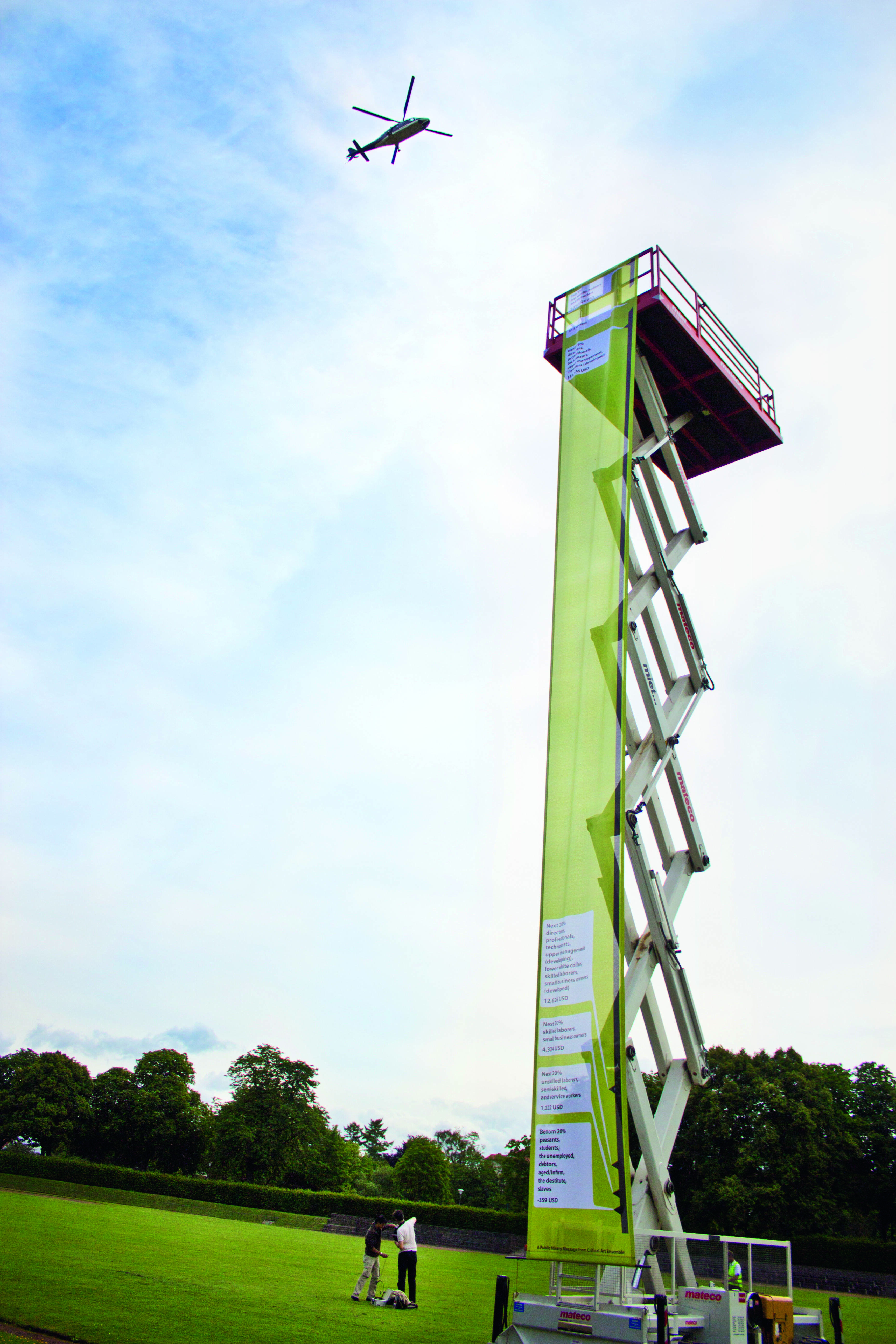
Critical Art Ensemble, A Public Misery Message: A Temporary Monument to Global Inequality, 2012. Picture credit: courtesy the artist Installation view: documenta (13), Kassel, Germany, 2012
“We are also seeing a much more nuanced discourse emerge. When the NFT buzz began as a result of pure market speculation, a lot of people who were minting NFTs did not even truly grasp what they were doing—neither in terms of their energy consumption/expenditure to mint, sell or encrypt data, let alone, considering, the formal aspects and composition of the digital asset.”
“Today, a much larger community of people comprehends that it’s as laborious for machines and data to transmit energy as indeed it may be to build a sculpture in a physical studio. But we are slightly on pause. The current interest, however, I think is only just beginning. And it will peak again in a much more fluent and self-assured manner in the not-too-distant future once we have constellated the platforms, and a more diverse set of figureheads to lead that way.”
Buy INTERNET_ART and look out for our final part of the interview where Omar, aka Dr. O, talks Bladerunner, issues of trust, and where the internet and internet art are heading. Coming soon.
